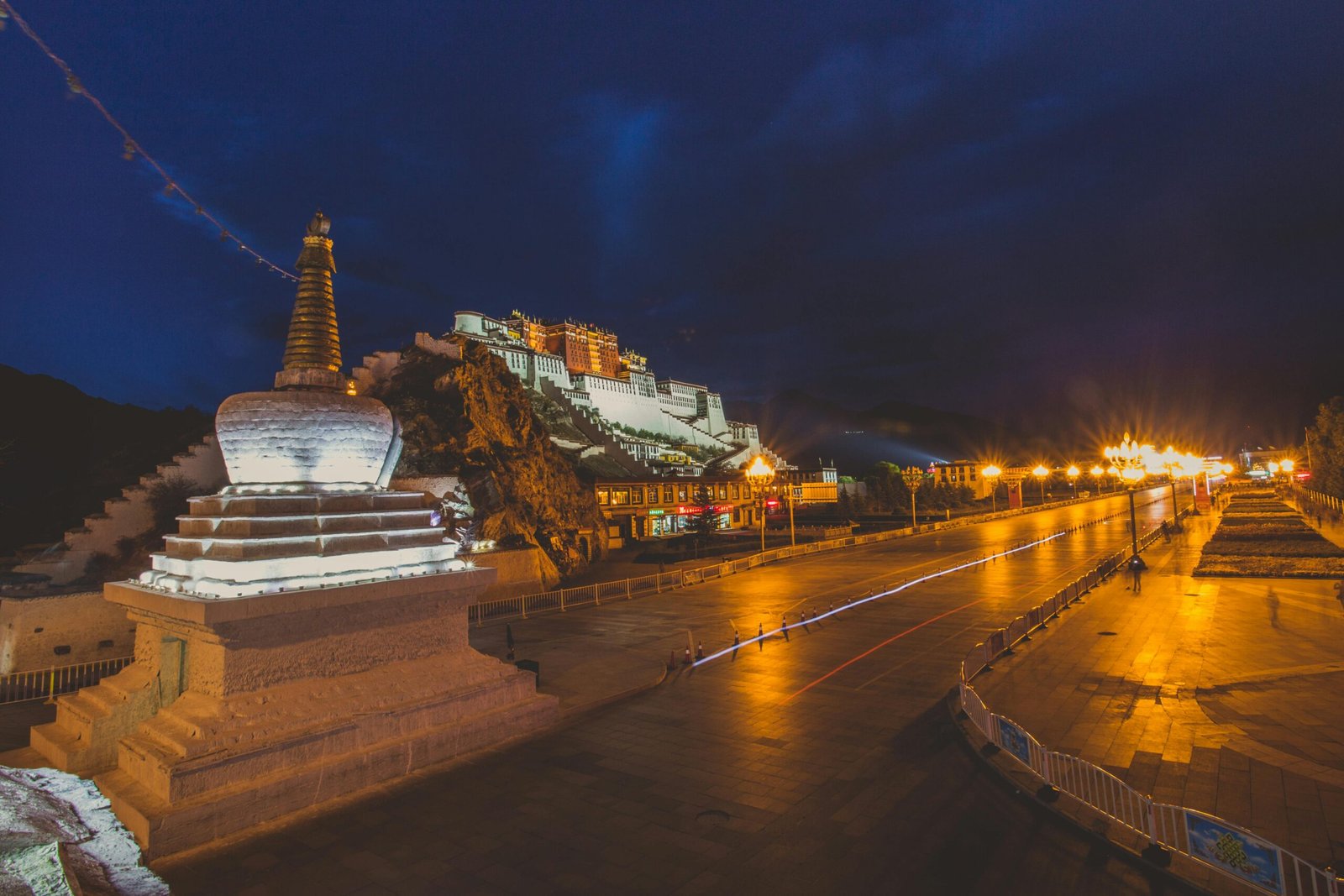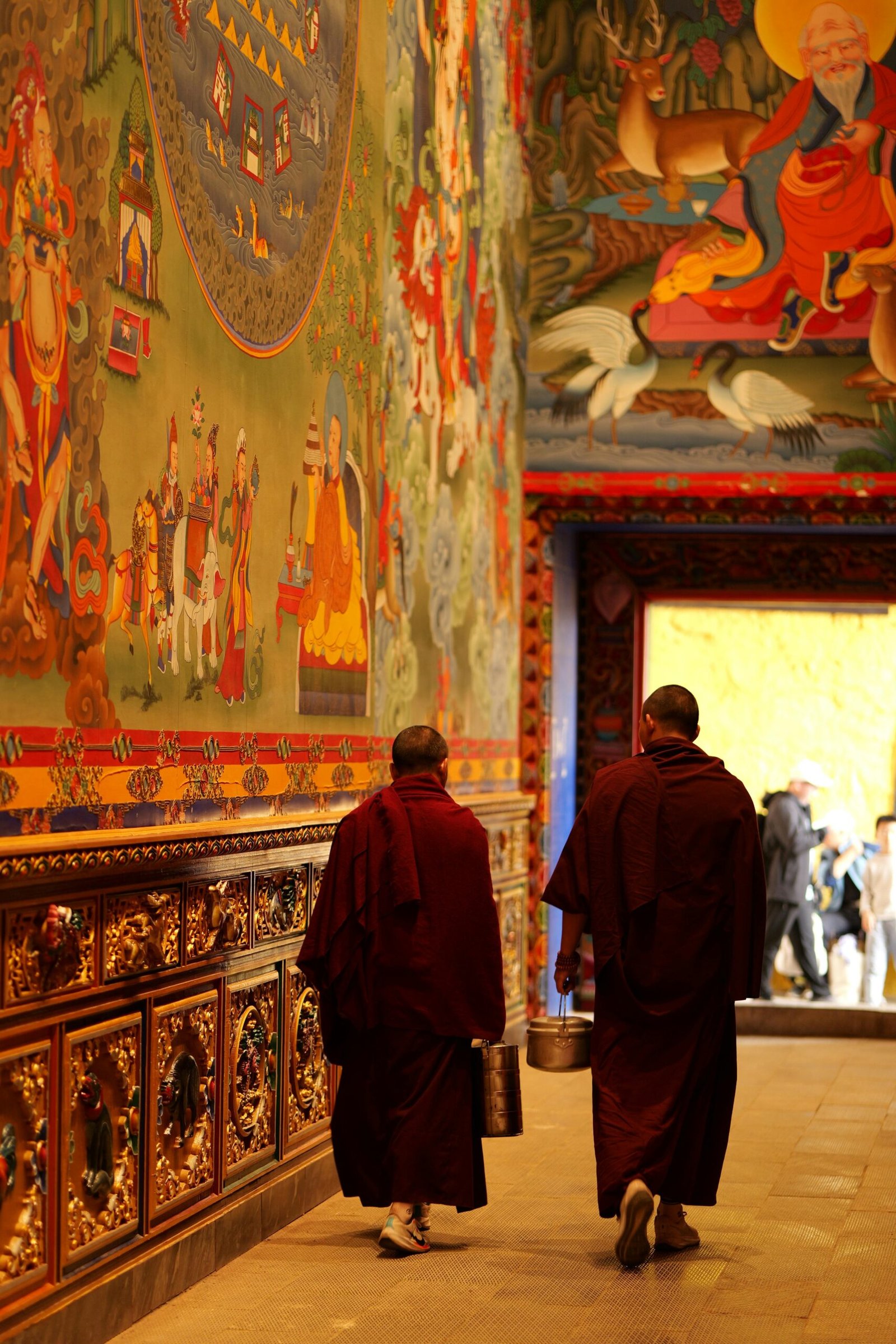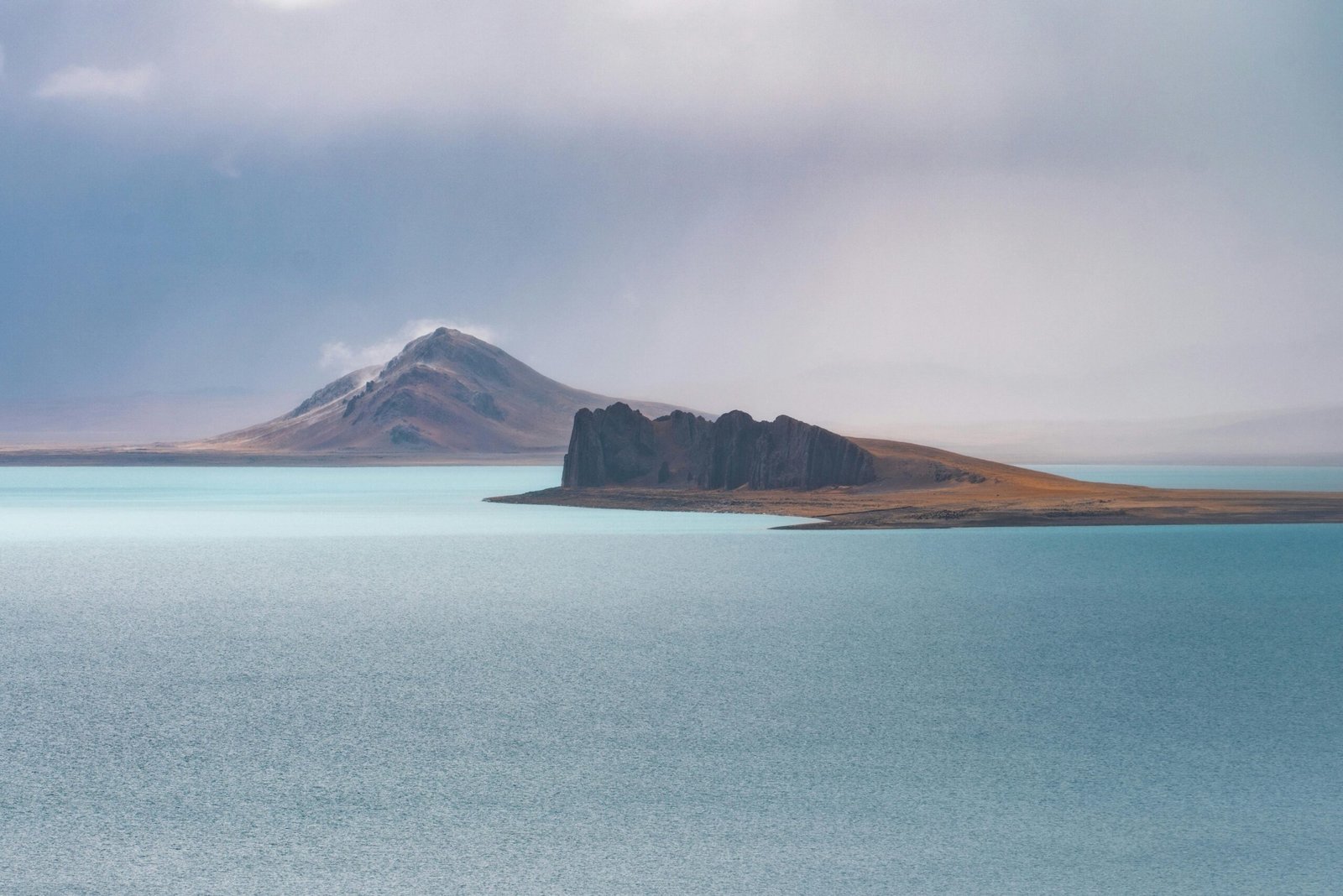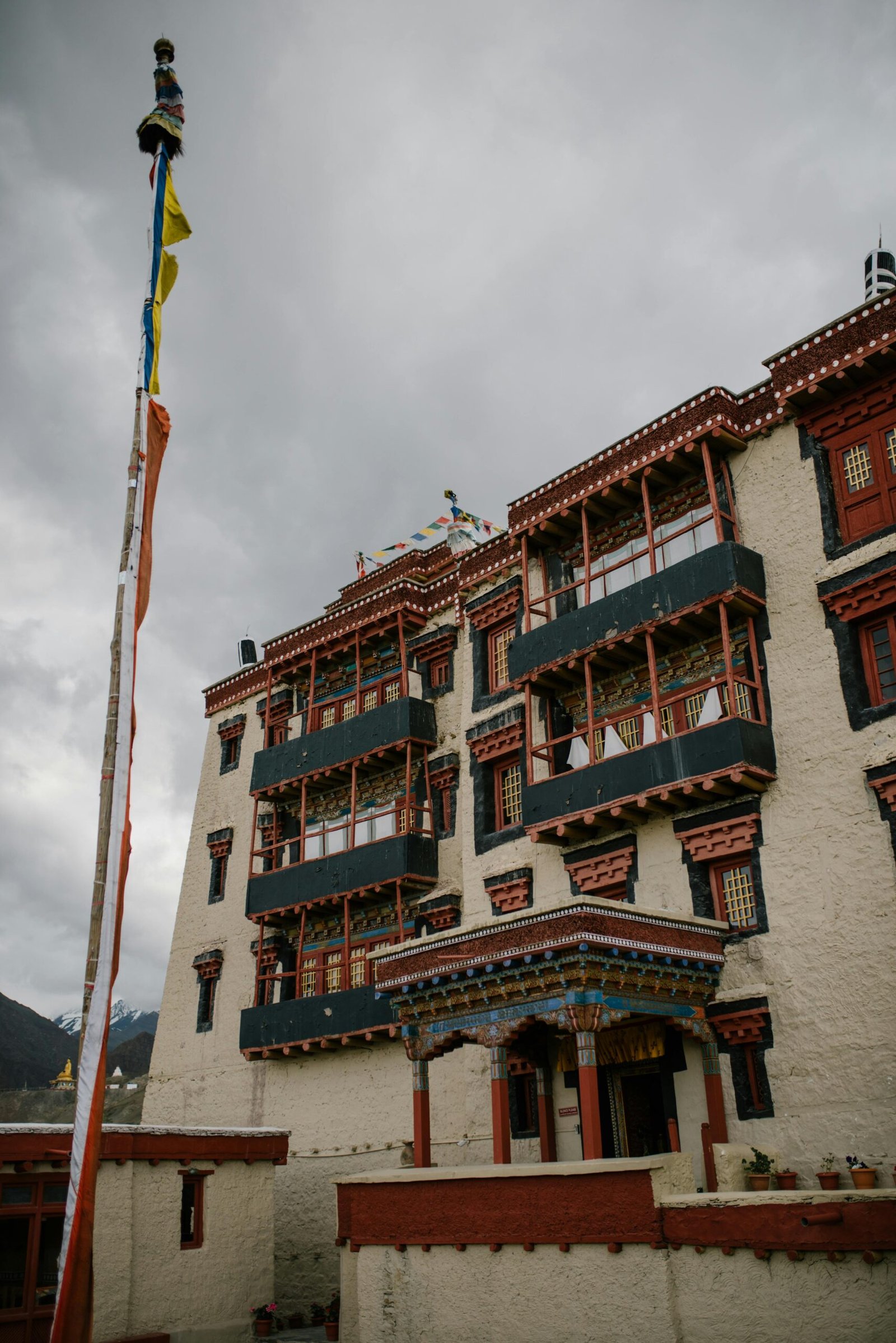8 Days Tibet Adventure: Exploring Buddhist Culture and Himalayan Landscapes
Tibet, known as the "Roof of the World," is one of the most mystical and alluring destinations on Earth. This high-altitude plateau, with an average elevation exceeding 4,000 meters (13,000 feet), offers an unparalleled experience for adventurers and spiritual seekers alike.
- Breathtaking Natural Scenery: Tibet is home to Mount Everest (8,848m/29,029ft), the world's highest peak, and hundreds of glacial lakes. The night sky here is renowned as one of the clearest in the world, making it a paradise for stargazers.
- Mystical Buddhist Culture: As the birthplace of Tibetan Buddhism, Tibet offers a unique opportunity to explore Eastern mysticism. Golden temples, devout pilgrims, and distinctive religious ceremonies provide a window into a profound spiritual world.
- Unique High-Altitude Ecosystem: Tibet serves as a sanctuary for rare animals such as snow leopards, Tibetan antelopes, and black-necked cranes. It's also home to the world's highest national park.
- Adventure on the Roof of the World: From trekking to Everest Base Camp to cycling on the world's highest roads, Tibet is a playground for adventure enthusiasts.
- Escape from the Modern World: In this age of information overload, Tibet maintains its unique rhythm of life. It's an ideal place to disconnect from digital devices and reconnect with nature and your inner self.
- Distinctive Culinary Culture: Experience unique Tibetan cuisine by tasting butter tea, barley wine, and yak meat dishes.
- Traditional Medicine and Meditation: Tibetan traditional medicine and meditation techniques are world-renowned. Many visitors come seeking physical and mental balance and healing.
- A Testimony to Cultural Fusion: Tibetan culture is a unique blend of indigenous elements with influences from Nepal, India, and China, creating a fascinating cultural tapestry.
- Photographer's Paradise: From golden temples to vast plateau landscapes, Tibet offers endless inspiration for photography enthusiasts.
- Immersive Cultural Experiences: In Tibet, you can live with local nomads to experience their way of life or engage in discussions with monks in monasteries to gain deeper insights into Tibetan Buddhist culture.

The history of Tibet can be traced back to the 7th century when Songtsen Gampo unified the Tibetan Plateau and established the Tubo Kingdom. Since then, Tibetan Buddhism has flourished on this plateau, profoundly influencing the Tibetan way of life and worldview.
Today, Tibet is an autonomous region of China. While modernization continues, it still maintains its unique cultural traditions. Tibetan people are renowned for their devout faith, distinctive arts (such as thangka painting and butter sculptures), and rich festivals (like the Shoton Festival and the Butter Lamp Festival).
A journey to Tibet is not just a geographical expedition, but an exploration of the heart and spirit. This magical land will leave every visitor with lifelong memories.
8-Day Itinerary
Day 1: Arrival in Lhasa
- Arrive in Lhasa (altitude: 3,650m/11,975ft)
- Rest and acclimatize to the high altitude
- Take a leisurely walk around the hotel if feeling well
Lhasa, meaning "Holy Land" or "Buddha Land," is the capital of the Tibet Autonomous Region and its political, economic, cultural, and religious center. With over 1,300 years of history, this city nestled among mountains is known for its fresh air and abundant sunshine, earning it the nickname "Sunlight City."
Day 2: Lhasa Highlights
- Visit Potala Palace (UNESCO World Heritage Site)
- Explore Jokhang Temple (UNESCO World Heritage Site)
- Stroll along Barkhor Street (pilgrim circuit)
- Evening: Optional Tibetan cultural performance
Potala Palace: Built in the 7th century, this majestic palace was the winter residence of the Dalai Lamas. It's an outstanding example of Tibetan architecture and the highest ancient palace in the world.
Jokhang Temple: Tibet's most sacred temple, built in the 7th century, houses a statue of the 12-year-old Sakyamuni Buddha. It attracts countless pilgrims daily.
Barkhor Street: This ancient street encircling Jokhang Temple is Lhasa's most famous pilgrimage circuit and commercial center. Here you can observe devout pilgrims, traditional Tibetan architecture, and purchase various Tibetan handicrafts.
Day 3: Lhasa to Shigatse via Yamdrok Lake
- Morning: Drive to Yamdrok Lake (about 2.5 hours)
- Picnic lunch by the lake
- Continue to Shigatse (about 4 hours)
- Evening: Rest in Shigatse
Yamdrok Lake: One of Tibet's three holy lakes, known as the "heavenly lake." Its turquoise waters surrounded by snow-capped mountains create a spectacular view. In Tibetan Buddhism, Yamdrok is revered as a sacred lake.
Shigatse: The second-largest city in Tibet and the traditional seat of the Panchen Lamas. This city boasts a long history and rich cultural heritage.
Day 4: Shigatse to Everest Base Camp
- Morning: Visit Tashilhunpo Monastery
- Drive to Tingri (about 5 hours)
- Continue to Everest Base Camp (about 1.5 hours)
- Evening: Watch the sunset over Mount Everest (weather permitting)
Tashilhunpo Monastery: One of the six major monasteries of the Gelug school of Tibetan Buddhism and the traditional seat of the Panchen Lamas. The monastery houses the world's largest copper Buddha statue.
Mount Everest: The world's highest peak at 8,848m (29,029ft). In Tibetan, "Chomolungma" means "Goddess Mother of the World."
Day 5: Everest Base Camp back to Lhasa
- Watch the sunrise at Everest Base Camp
- Return to Shigatse (about 5.5 hours)
- Continue to Lhasa (about 3.5 hours)
Day 6: Spiritual Lhasa
- Morning: Visit Sera Monastery, observe monk debates
- Afternoon: Tibetan thangka painting demonstration
- Evening: Free time for shopping or relaxation
Sera Monastery: One of the "great three" Gelug university monasteries of Tibet, famous for its monk debates. These debates are a way of learning and testing the monks' understanding of Buddhist philosophy.
Thangka: A unique Tibetan art form, usually depicting Buddhist themes. Creating a thangka requires great patience and skill; a fine piece may take months or even years to complete.
Day 7: Free Day in Lhasa
Optional activities:
- Visit Drepung Monastery
- Explore the Tibetan Museum of Medicine
- Tour Norbulingka (Summer Palace)
- Join a Tibetan cooking class or tea tasting experience
Drepung Monastery: The largest monastery of the Gelug school of Tibetan Buddhism, built in the 15th century. From a distance, the monastery looks like a heap of rice, hence its name "Drepung," which means "Rice Heap" in Tibetan.
Norbulingka: The summer palace of successive Dalai Lamas, built in the 18th century. It combines elements of Tibetan and Chinese garden styles and is known as the "Plateau Versailles."
Day 8: Departure from Lhasa
- Transfer to Lhasa airport for departure
Practical Information
- Altitude Sickness: Tibet's high elevation may cause headaches, shortness of breath, and other symptoms in newcomers. Ensure adequate rest, drink plenty of water, and avoid strenuous activities.
- Respect Local Culture: Tibetans are deeply religious. Please observe rules in temples and other religious sites and respect local customs.
- Photography: Some religious sites prohibit photography inside. Always ask your guide or staff before taking photos.
- Climate: Tibet experiences significant temperature variations between day and night. Pack warm clothing. Due to the high altitude, UV radiation is strong, so bring sun protection.
- Language: Learning a few simple Tibetan greetings can make your journey more enjoyable.
We wish you an unforgettable adventure in Tibet!



